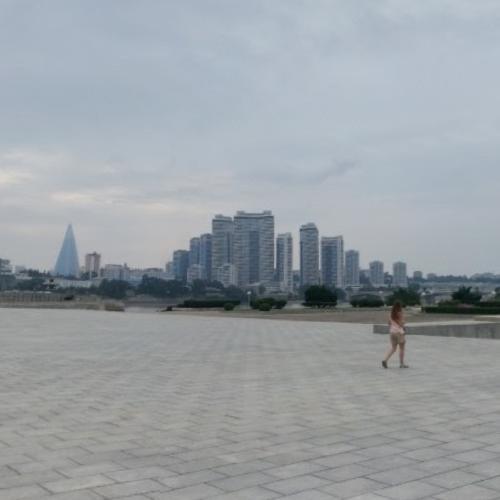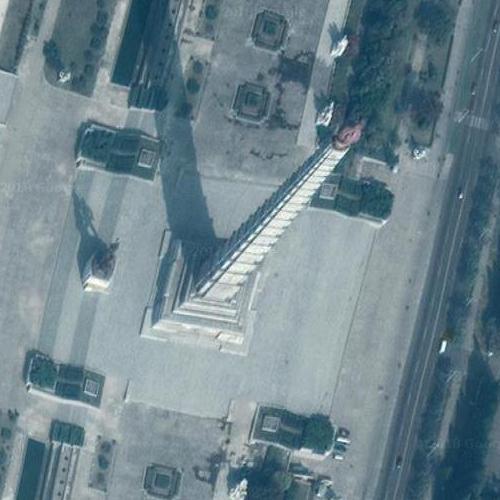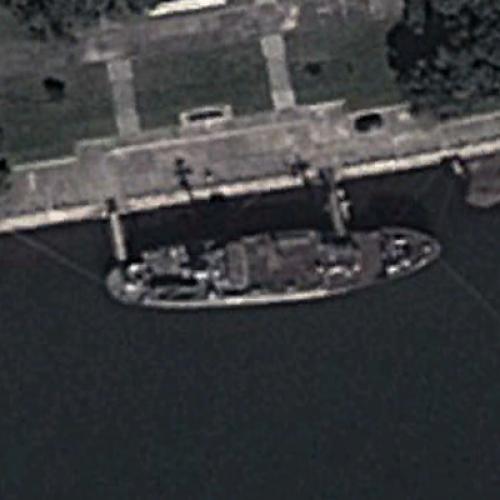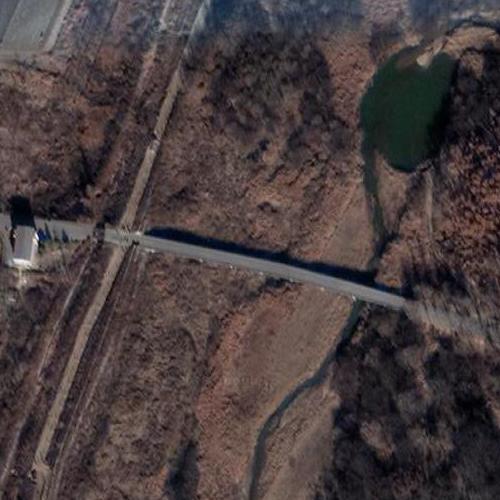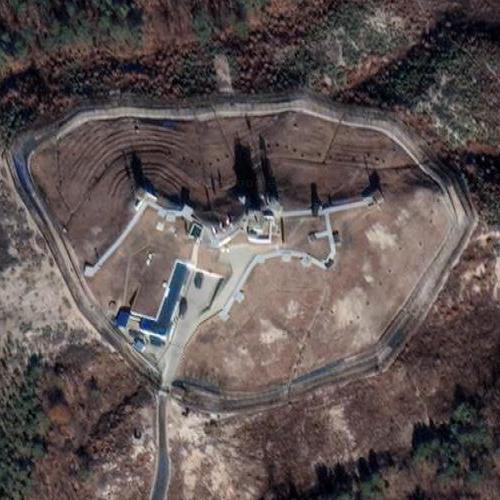North Korea is always in the news these days, but for as much as we hear about the country, most people know very little about the so-called “Hermit Kingdom”.
It’s difficult to get permission to enter the country, and tourists are required to have North Korean escorts whenever they leave special tourist zones. Pictures are often staged or prohibited outright, so even those who see the country often cannot show what it is really like.
For those not lucky or daring enough to visit the country in person, we’ve got a virtual tour right here!
Pyongyang
Pyongyang is the capital and largest city, with over three million people. It was bombed heavily during the Korean War, and rebuilt with a Soviet communist influence. Huge grey buildings dominate the landscape in much of the city.
Tower of Juche Ideal
The 560 foot monument commemorates the 70th birthday of regime founder Kim Il Sung and the principles that he used to create his own brand of nationalist communism. He preached a unique blend of self-reliance, independence, and communism, which North Koreans call “Juche” that has molded the country’s outlook.
The Tower of Juche Ideal reminds viewers of their strong values and encourages unity against all outside forces.
Tourists can visit the top of the tower, which is the second tallest tower in the world.
Ryugyong Hotel
This hotel, nicknamed the “Hotel of Doom” is the largest structure in North Korea, but it is still uncompleted. It was supposed to be completed in 1989, but it was beset by a multitude of delays and problems.
Construction briefly resumed in 2008 but again stopped in 2013, and has not progressed since then.
Nonetheless, it is the tallest building in North Korea and the uniquely design pyramid structure dominates the Pyongyang skyline.
Kaeson Amusement Park
Not everything in North Korea is about working for the good of the state. The Kaeson Amusement Park in Pyongyang is a small fun park with at least ten rides, including a roller coaster imported from Italy.
USS Pueblo
In 1968, the American spy ship the USS Pueblo was captured by a North Korean submarine in a highly disputed international event which has never been resolved. American soldiers were held in prisoner of war camps for nearly a year before being released, in terrible health conditions, over the Bridge of No Return.
The ship has been on display as part of a larger museum system since 2013.
Demilitarized Zone
The two Koreas have had a tenuous peace since the cessation of hostilities in 1953, but the war between them is technically not over. A line was drawn between the two countries in 1953 as part of the ceasefire, which has been called the Military Demarcation Line.
Along either side of this line is the demilitarized zone, DMZ, which serves as a buffer between the two countries to reduce potential hostilities.
However, many military bases, installations and temporary facilities have been established right along the Zone, and North Korea is constantly found to be in violation of the DMZ space. For example, they have attempted several times to tunnel under the Zone into South Korea.
Bridge of No Return
Tourists and normal visitors cannot visit the DMZ, but soldiers are stationed all along the border of the DMZ, in a constant state of readiness.
The Bridge of No Return was constructed after the war to allow prisoners of war to cross back into their country of origin. It earned its nickname when prisoners held by South Korea were taken to the bridge and given the chance to remain in the democratic South Korea, or return to communist North Korea.
If they crossed the bridge, they could never return, which is how it earned its name.
Panmunjom
Nicknamed the “Truce Village”, Panmunjom is a former village where the armistice was signed in 1953.
It has since become a site of high tensions, where propaganda is continually broadcast from North Korea in an attempt to intimidate South Korean soldiers and convince their North Korean counterparts that their government is superior.
It has been in the news recently as high-level talks between North and South Korea, and even a potential site for talks between North Korean and US officials in relation to the proposed meeting between President Donald Trump and Leader Kim Jung Un.
Guard Post Ouellette
On the South Korean size is the Guard Post Ouellette, where presidents, prime ministers and other government officials go to see the DMZ firsthand. Tourists can get relatively close to the DMZ, but cannot visit Guard Posts or military camps, as they are always on high alert and not suitable for civilians.
The country of North Korea is fascinating, and out of reach for most of us, except for a virtual guide. The country puts so much effort into projecting a strong and confident image, but even a virtual tour shows that the country lags behind most of the world in progress and independence.
If you ever make it to North Korea, be careful and let us know all about your trip when you return!
